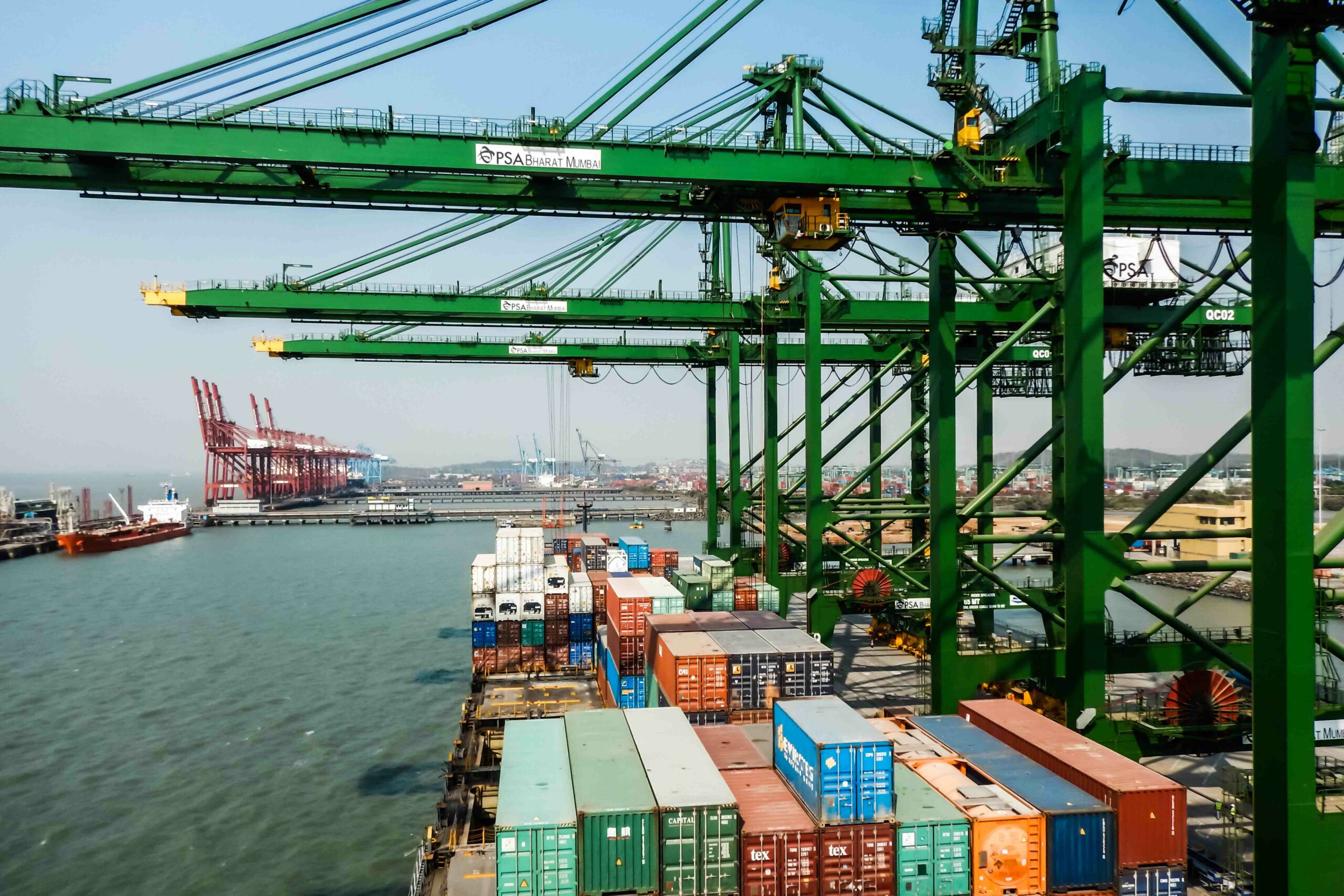While India’s Shipping and Ports Minister Sarbananda Sonowal has assured an early solution to the country’s container shortage problem that has kept both importers and exporters on the edge, the shippers and freight-forwarders are now moving towards more unconventional methods like breakbulk to survive the demand boom and capacity imbalances.
Breakbulk cargo is transported in bags or small boxes that occupy less space than containers in ships allowing more cargo to be shipped for faster exports. The commerce department is seeking to create a database of all commodities which can be exported via priority berthing as breakbulk cargo facilitating faster export of suitable commodities.
The relief measures announced by the government for exporters like an extension of the deadline for re-export of imported vessels, the extension of the Transport and Management Assistance Scheme till March 2022 have made very little difference in the trade as demand opened up just ahead of Christmas, New Year and the Chinese New Year.
Speaking to Container News, Sharad Kumar Saraf, the past president of the Federation of Indian Exporters Organisation (FIEO) and current chairman of Technocraft Industries in India said, “Necessity is the mother of invention and intelligent people will definitely find an alternative. Intelligent people will find alternatives to keep their businesses running. When the oil prices soared through the roof, we moved towards more sustainable options of renewable energy similarly if the container shortage persists and the freight rates get so high, the shipping companies are bound to find a solution. So, shippers are now looking at the possibilities of break bulk and putting the cargoes together.”
At least 60 custom house agents (CHAs) have come together to implement this alternative of breakbulk cargo transportation. A CHA charter vessel typically transports 20,000 tons for two to four weeks based on their requirement while a container only carries 24 tons of cargo. The CHAs previously chartered vessels for only limited clients but have now opened up for all exporters to make export affordable.
The CHAs claim that exporters find breakbulk cheaper than containerised cargo because port handling charges and warehouse charges are almost 30% cheaper in DPT compared to other ports.
“Unfortunately, the government does not have any short-term solution to container crisis. What we are missing out on is that because of the high freight rates and container shortage, the buyers are tempted to start production in their own countries otherwise they will lose out on a lot of business”, commented Saraf.
The exporters and their associations are in touch with the commerce ministry brainstorming more ways to tackle the shortage of boxes. This move also becomes pivotal in meeting the 2021-22 export target of US$400 billion.
Author: Sheuly Ghosh
Photo: Ungureanu Catalina Oana / Shutterstock.com


